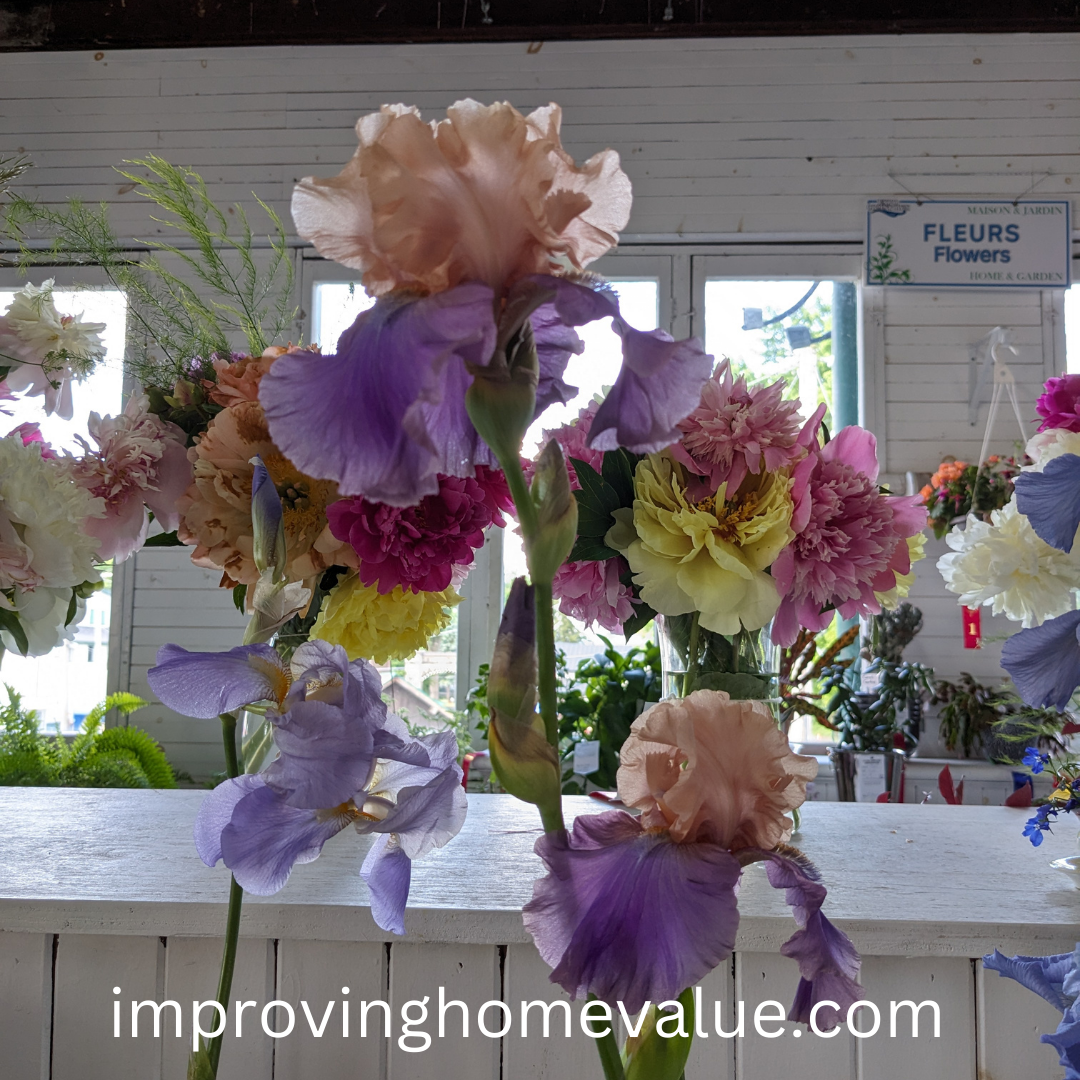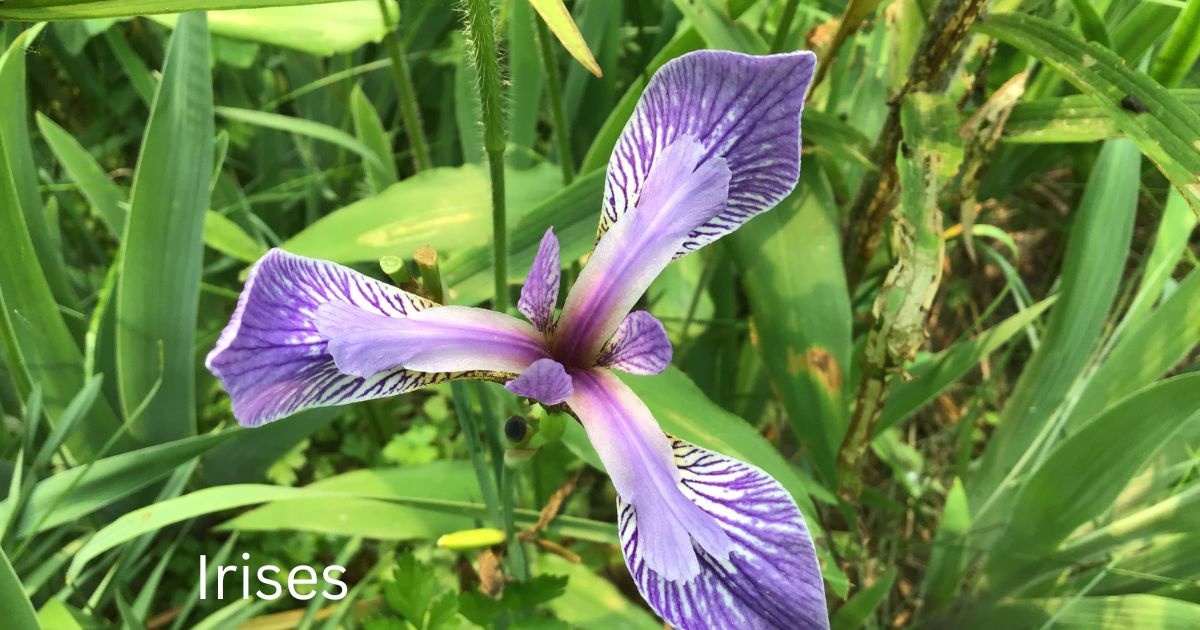Irises are known for their striking looks and the elegance they bring to any garden. With vibrant petals and a regal stature, they’re a gardener’s delight. But before you plant them, it’s key to understand their growth essentials.
The soil is the first thing to consider. Irises do best in well-drained soils; soggy conditions can sour their mood, leading to root rot. Loamy soil works great, but if yours isn’t an ideal match, mixing in some coarse sand or gravel can help enhance drainage.
When it comes to sunlight, irises love basking in full glory. A spot with at least six hours of sunlight will keep them thriving. While they enjoy the sun, a touch of afternoon shade can be beneficial, especially in hotter climates.
Watering might seem straightforward, but there’s a bit to consider. These plants appreciate a good soak and then prefer to dry out a bit before their next drink. Overwatering is a no-go; it’s a common mistake that can harm your irises more than help.
Exploring iris varieties might have your head spinning because there’s so much to choose from! They come in a rainbow of colors, offering gardeners a palette to paint their gardens. The classic German bearded iris is a staple, but don’t overlook the delicate beauty of Siberian or Japanese varieties—all with their unique charms.
Understanding these basic needs sets the foundation for a flourishing iris bed, ensuring that your plants aren’t just surviving but truly thriving.
Choosing the Perfect Planting Spot and Maintenance Tips
Finding the right home for your irises can be the game changer in their growth journey. In garden beds, on slopes, or even tucked into containers, these beauties are quite adaptable if you give them the proper setup. Good circulation is a must, as it reduces chances of disease and allows room for them to show off their blooms.
Irises get the star status of perennials, meaning they pop up year after year. This makes them a long-term investment for your garden. By understanding their lifecycle, you can anticipate the times when they’ll need an extra hand with care or pruning.
Pruning is an important task that’s all about timing. Cut back irises after they’ve finished blooming to keep them tidy and healthy. It helps in redirecting energy to the roots rather than wilting flowers, which aids in better blooms next season.
Ever wonder if irises multiply on their own? Well, they do! By producing new rhizomes, these plants can create large clumps over time. However, occasionally dividing them helps manage their spread and sustain vibrant growth.
Pests and diseases can be a gardener’s nightmare, but knowing a bit about prevention and treatment can save your day. Aphids, iris borers, and fungal issues might pop up uninvited. Keep a lookout and don’t shy away from applying insecticidal soap or fungicides as needed. Healthy, dry foliage minimizes problems, so proper care is your best ally,

Exploring the Diversity and Blooming Patterns of Irises
Irises kick the excitement up a notch with their diverse species and captivating blooming patterns. With over 300 species available, there’s an iris for every gardener’s taste. Each species boasts unique features, making it easy to pick the right ones to complement your garden style.
Understanding the blooming seasons is key to maximizing your garden’s visual impact. Most irises bloom in late spring to early summer, but some varieties, like the reblooming irises, can surprise you with a second bloom later in the year. Knowing when your chosen variety blooms allows you to plan a continuous wave of color.
Color variations are where irises truly shine. From deep purples and blues to elegant whites and sunny yellows, the color spectrum seems endless. Choosing a mix can turn a simple patch into a spectacular display, with irises using their hues to charm every passerby.
Extending the bloom time involves a mix of good care practices and smart species selection. Nutrient-rich soil, proper sunlight, and regular pruning all play roles in keeping those vibrant flowers around as long as possible.
When gardening with irises, adjust methods based on the specific species you have. Each has its own little quirks and preferences—like water levels, sunlight exposure, and pruning needs. By catering to these, you can bring out the best blooms year after year while preserving the unique qualities of each type.
